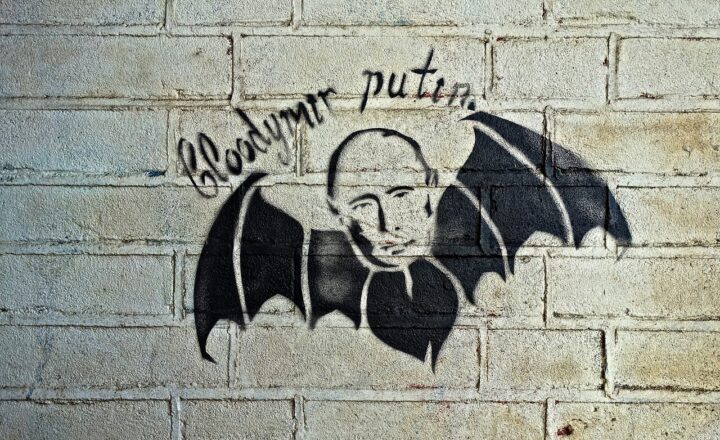
Pop culture is a kaleidoscope of music, art, fashion, and media that reflects the societal norms, attitudes, and milestones of a specific time period. The 1970s marked a vibrant era with its unique cultural shifts that laid the groundwork for today’s globalized society. From the emergence of punk rock to the revolutionary television series, the influence of pop culture extends far beyond mere entertainment— impacting politics, fashion, and social movements. In this article, we will explore significant trends, icons, and shifts in pop culture from the 1970s to the present day.
1. The 1970s: A Decade of Liberation and Innovation
The 70s were a groundbreaking decade for pop culture, shaped by a myriad of social changes. The end of the 60s counterculture movement ushered in a time of liberation that was reflected in fashion, music, and film. The decade brought about a quest for individualism and self-expression, epitomized by key cultural movements and personalities.
Music: The Soundtrack of Change
From disco to punk, the 1970s introduced a diverse array of musical genres. Disco became synonymous with nightlife, characterized by its upbeat tempo and vibrant dance culture. Artists like The Bee Gees and Donna Summer defined the disco era.
Meanwhile, punk rock emerged as a countercultural antidote to the disco movement, rejecting mainstream norms and embracing a raw, rebellious spirit. Bands like The Ramones and the Sex Pistols gained traction, bringing a new edge to music that would resonate for decades. The musical landscape of the 70s influenced subsequent genres, from grunge to hip-hop.
Cinema: The Birth of Blockbusters
The 70s saw the emergence of blockbuster films, with directors like Steven Spielberg and George Lucas introducing audiences to cinematic spectacles. Movies such as “Jaws” (1975) and “Star Wars” (1977) revolutionized the way films were made, marketed, and consumed. This era also gave rise to complex characters and gritty, realistic storytelling in films like “Taxi Driver” (1976) and “One Flew Over the Cuckoo’s Nest” (1975).
Fashion: Disruptive Styles and Statements
Fashion in the 1970s was defined by bold colors, eclectic patterns, and alternative styles. The influence of counterculture led to the popularity of bell-bottom jeans, platform shoes, and tie-dye shirts. Woodstock and similar events instigated a shift towards bohemian style and free expression that defined the youth culture.
2. The 1980s: The Rise of MTV and Commercialism
The 1980s ushered in an era of commercialism, with the rise of music videos and mass media taking pop culture to new heights. MTV debuted in 1981, becoming a cultural phenomenon that revolutionized how music was consumed and marketed.
Music Videos: Visual Expression
Artists like Madonna and Michael Jackson became household names, using the new platform to enhance their performances and connect with audiences. The glam and excess of the 80s gave rise to iconic fashion trends: shoulder pads, neon colors, and big hair were all the rage. The music video became an essential tool for marketing artists and has evolved into an art form in its own right.
Film: Blockbuster Mentality Takes Over
The film industry continued its trend of blockbuster filmmaking, introducing new franchises and sequels. Movies like “Ghostbusters” (1984), “Back to the Future” (1985), and “The Breakfast Club” (1985) became ingrained in popular culture.
3. The 1990s: Grunge, Reality TV, and the Internet Boom
The 1990s come into focus as a transformative time for pop culture, marked by the rise of grunge music and the birth of reality television. The onset of the internet started changing how people accessed and shared culture.
Grunge: A Reaction to Materialism
Bands like Nirvana and Pearl Jam emerged from the Seattle scene, responding to the excesses of the 80s with a raw, stripped-down sound that resonated with youth. Grunge fashion—flannel shirts, distressed jeans, and combat boots—represented a rejection of materialism and conformity.
Television: The Reality TV Wave
“The Real World,” launched in 1992, set the foundation for the reality TV genre, shifting audience preferences towards unscripted programming. This trend paved the way for future hits such as “Survivor” and “Big Brother.”
4. The 2000s: Digital Revolution and Diverse Voices
The emergence of the internet and social media in the 2000s fundamentally altered the pop cultural landscape. Content could now be created and shared by anyone, leading to a more democratized entertainment industry.
Online Platforms: The Rise of Influencers
Platforms like YouTube and social media sites like Facebook and Twitter revolutionized how culture was consumed. Content creators became influential figures, shaping trends across music, fashion, and entertainment. People began to curate their online personas, making influencers dominant in modern pop culture.
Television & Film: Diversity and Storytelling
With an increased focus on diversity, shows like “The Fresh Prince of Bel-Air” and later “Insecure” championed varied perspectives and narratives. The film industry began embracing stories that reflected underrepresented demographics, as seen in films like “Black Panther” (2018) and “Crazy Rich Asians” (2018).
5. The 2010s to Today: Streaming, Activism, and Globalization
Currently, the era of streaming has reshaped how we consume pop culture. Netflix, Hulu, and Disney+ have become central to entertainment access, giving rise to binge-watching culture. Pop culture is intertwining more with activism as younger generations advocate for social justice and climate change through creative mediums.
Streaming Services: On-Demand Entertainment
Streaming platforms transformed how we consume music and television, allowing personalized experiences rather than traditional broadcasting. This has led to explosive creativity in content, with platforms producing original shows that challenge mainstream narratives.
Activism in Pop Culture
More recently, social movements such as #MeToo and Black Lives Matter have deeply influenced pop culture. Artists like Beyoncé and Kendrick Lamar have used their platforms to address societal issues, keeping activism at the forefront of cultural discussions.
Conclusion: The Ever-Evolving Story of Pop Culture
Pop culture remains a dynamic, evolving tapestry that intertwines various threads of music, film, fashion, and social change. From the rebellion of the 70s to the digital revolution of today, each decade provides insight into societal values and transformations. Understanding these trends allows us to appreciate the richness of our cultural history and the directions it may take in the future. The ongoing dialogue between pop culture and society will ultimately continue to shape not just entertainment but also the world around us, reminding us of our humanity and shared experiences.






